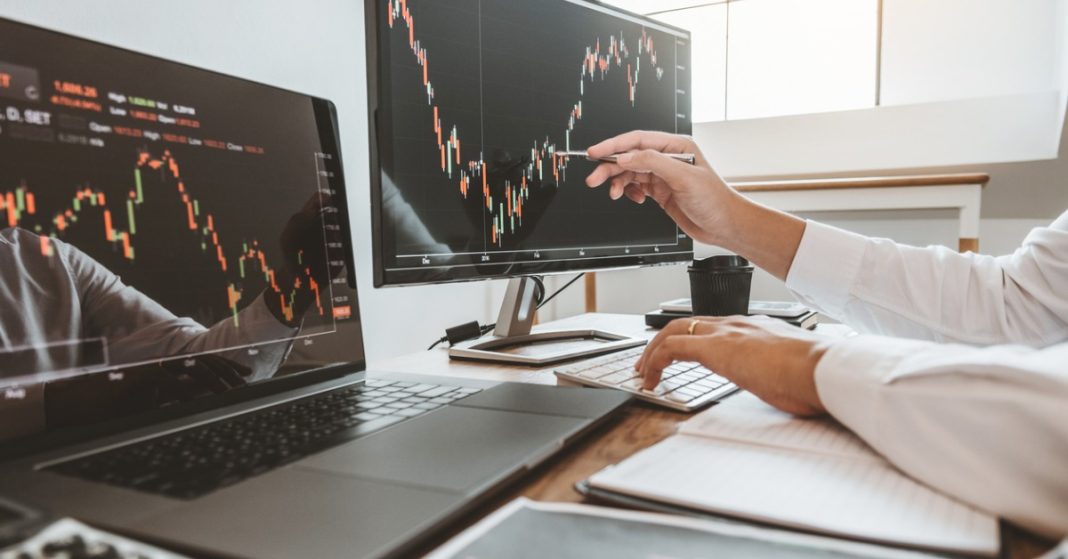Europe is witnessing a gradual uptick in inflation, with October 2024’s rate reaching 2%, up from 1.7% in the previous month. This increase in inflation can be attributed to varied factors, including rising service costs and food prices, putting pressure on household budgets, and potentially tempering general consumer spending. Typically, inflation curbs discretionary purchases, but the luxury sector often operates differently; high-net-worth individuals (HNWIs) maintain spending, and luxury brands continue to thrive due to their unique market positioning.
In this scenario, LVMH Moët Hennessy Louis Vuitton SE (LVMUY), the global leader in luxury goods, emerges as a stock worth exploring. As the European inflation landscape evolves, LVMH’s proven resilience, diversified brand portfolio, and geographical expansion present potential upsides for investors seeking stability and growth in a market that is largely insulated from economic turbulence.
Resilience of Luxury Brands During Inflationary Periods
Historically, luxury brands have shown remarkable stability amid inflationary pressures. High inflation typically affects price-sensitive consumers, but LVMH’s clientele is less susceptible to these shifts. HNWIs often continue spending on luxury goods despite rising prices, even as other segments of the economy slow down. This resilience stems from the nature of luxury goods—driven by exclusivity, brand prestige, and limited availability, which maintains their demand irrespective of economic cycles.
For instance, LVMH has navigated the inflationary post-COVID environment by capitalizing on its brand cachet and price-setting ability. As inflation nudges up production costs, the group’s iconic brands, such as Louis Vuitton and Christian Dior, retain the power to adjust prices without diminishing demand. Moreover, LVMH’s strategy of enhancing its offerings and continuously innovating with new lines—such as Dior’s Miss Dior Parfum and Louis Vuitton’s bespoke trunks—bolsters brand loyalty while justifying premium pricing.
Diverse Portfolio, Pricing Power, and Global Reach
A major advantage for LVMH lies in its diverse portfolio across categories like Fashion & Leather Goods, Perfumes & Cosmetics, Watches & Jewelry, and Selective Retailing. This diversification offers insulation against fluctuations within any single market segment. Notably, LVMH’s Fashion & Leather Goods segment, which includes Louis Vuitton, Dior, and Givenchy, represents a substantial portion of its revenue and has shown resilient growth. In the first nine months of 2024, this segment recorded stable performance even amid challenging market conditions, a testament to its strength and consistent demand.
LVMH’s global reach also provides a buffer against regional economic slowdowns. While its European and U.S. markets have stabilized, LVMH’s performance in Japan and other parts of Asia has been robust, fueled by a resurgence in luxury spending among Chinese tourists. This geographic spread enables LVMH to counterbalance weaker markets with stronger ones, thereby achieving an organic revenue balance. Additionally, its pricing power allows the group to offset increased input costs due to inflation without significantly impacting demand.
Regional Growth as a Catalyst
Europe and North America remain steady markets for LVMH, contributing to slight revenue growth. However, the real momentum comes from Japan and China, where luxury spending has accelerated post-COVID. Japan, despite recent currency fluctuations, has shown consistent double-digit growth in revenue for LVMH, driven by strong demand across categories such as wines, spirits, and leather goods. Similarly, Chinese consumers, who are now traveling more extensively, have renewed their spending in Europe and Japan, further fueling revenue growth in these regions.
This global demand for luxury creates a “luxury moat” for LVMH, providing it with a competitive edge. The company’s strategic investments in high-growth markets, coupled with its selective retail strategy (notably Sephora’s continued expansion), further enhance its resilience against regional inflation. While Europe faces rising service costs and energy price adjustments, LVMH’s geographically balanced revenue sources support sustained expansion and revenue stability.
Economic Slowdowns and Supply Chain Constraints
Although LVMH shows strong resilience, it is not immune to broader economic risks. A prolonged economic slowdown in Europe or North America could eventually dampen demand, especially among the upper-middle-class consumer segment. Furthermore, while the company has navigated supply chain disruptions with relative success, future issues—such as constraints on raw materials for fashion or logistics delays—could impact production costs and delivery timelines, particularly in the high-demand holiday season.
Foreign exchange fluctuations present another layer of risk, as currency volatility affects revenues across LVMH’s international markets. For instance, the yen’s recent weakening impacted revenue from Japan, though strong demand largely mitigated this effect. Exchange rate volatility could still pose a challenge for LVMH, affecting earnings in key markets where the local currency weakens against the euro.
Why LVMH Could Be a Strategic Buy Amid Rising Inflation
For investors, LVMH represents a strategic opportunity amid inflationary conditions. The company’s resilience, demonstrated pricing power, and international footprint enable it to weather regional inflation variations. Its diverse product line appeals to both ultra-wealthy consumers and affluent tourists, providing steady demand irrespective of inflationary pressures in one particular region. Moreover, LVMH’s commitment to brand innovation and exclusivity secures its position as a leader in the luxury sector.
Given these factors, investors may find LVMH an appealing buy, especially in an environment where inflation challenges more price-sensitive sectors. With growth in Asia counterbalancing regional slowdowns, LVMH stands as a robust option for those looking to add a luxury stock to their portfolio during these inflationary times.


